As artists, we all strive to create unique and visually stunning pieces of art that stand out from the rest. One way to achieve this is by using colour contrast in your artwork. Colour contrast refers to the difference between two or more colours and how they interact with each other. It is an essential part of creating an aesthetically pleasing composition and can greatly enhance the overall impact of your art style.
In this article, we will discuss how to use colour contrast effectively in your artwork and provide you with some practical tips and examples to help you become a master of colour contrast.
A beautiful mix of bright streams of paint on the surface. Stock footage. Bright contrasting colours mixWhat is Color Contrast?
Before we delve into the specifics of using colour contrast, let’s first define what it is. Colour contrast is the difference in hue, saturation, and brightness between two or more colours. It is often used to create a focal point in a composition, draw attention to specific elements, or simply add visual interest.
There are three types of colour contrast: hue contrast, value contrast, and saturation contrast. Hue contrast refers to the difference in colour between two or more hues, such as red and green. Value contrast refers to the difference in lightness and darkness between two or more colours, such as black and white. Saturation contrast refers to the difference in intensity between two or more colours, such as a bright red and a dull pink.
Why is Color Contrast Important?
Color contrast is an essential element of art and design as it can greatly enhance the visual impact of your composition. It can create depth, add dimensionality, and even evoke certain emotions in the viewer.
Using colour contrast effectively can help create a focal point in your artwork and draw the viewer’s eye towards specific elements. It can also help to create a sense of balance and harmony in your composition, making it more aesthetically pleasing.
Tips for Using Color Contrast in Your Artwork
Now that we have a better understanding of what colour contrast is and why it’s important, let’s take a look at some practical tips for using it effectively in your artwork.
1. Use Complementary Colors
Complementary colours are colours that are opposite each other on the colour wheel, such as red and green, blue and orange, or yellow and purple. Using complementary colours in your artwork can create a strong contrast that is visually striking and can draw the viewer’s eye towards specific elements.
2. Experiment with Value Contrast
Value contrast refers to the difference in lightness and darkness between two or more colours. Experimenting with value contrast can help create depth and dimensionality in your artwork. For example, using a light colour against a dark background can create a sense of depth and make the lighter colour stand out.
3. Use Saturation Contrast to Create Visual Interest
Saturation contrast refers to the difference in intensity between two or more colours. Using high saturation colours against low saturation colours can create a visually interesting contrast that can draw the viewer’s eye towards specific elements.
4. Consider the Mood You Want to Convey
Colour can evoke certain emotions in the viewer, so it’s essential to consider the mood you want to convey in your artwork. For example, warm colours such as red, orange, and yellow can create a sense of warmth and happiness, while cool colours such as blue and green can create a sense of calmness and tranquillity.
5. Don’t Be Afraid to Experiment
Colour contrast is all about experimentation, so don’t be afraid to try new things and see what works best for your artwork. Play with different colour combinations, values, and saturations until you find the perfect balance that enhances your art style.
Conclusion
In conclusion, using colour contrast effectively is an essential part of creating an aesthetically pleasing composition. It can create depth, add dimensionality, and even evoke certain emotions in the viewer. By following the tips outlined in this article and experimenting with different colour combinations, values, and saturations, you can become a master of colour contrast and take your art style to the next level.
